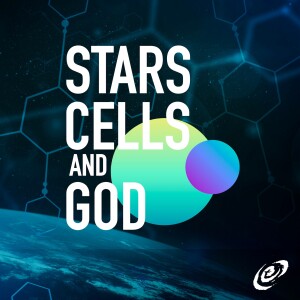
Wednesday Nov 29, 2023
Neanderthal Flower Burial Nixed and Source of Heavy Elements
Join Fazale “Fuz” Rana and Hugh Ross as they discuss new discoveries taking place at the frontiers of science that have theological and philosophical implications, including the reality of God’s existence.
Neanderthal Flower Burial Nixed
Were Neanderthals like us? The answer to this question has profound implications for our understanding of human origins, and for the RTB creation model.
Some anthropologists argue that Neanderthals engaged in ritualistic burials reflecting the capacities for symbolism and religion—features that define modern humans. One of the most important pieces of evidence for ritualistic burials among Neanderthals comes from the Shanidar Cave in northern Iraq. One of the layers harboring Neanderthal remains and artifacts includes a partial adult skeleton that was unearthed in what appears to be a grave. The skeleton had a clump of pollen grains from flowering plants on top of it. Some anthropologists believe that this find indicates Neanderthals buried their dead with flowers—possible evidence for ritualistic burial practices.
However, researchers from Liverpool John Moores University have reexamined the pollen recovered from Shanidar and reach a very different conclusion.
In this episode, biochemist Fuz Rana discusses this latest insight into Neanderthal burials and its impact on the RTB human origins model.
Source of Heavy Metals
A team of 13 astronomers used the James Webb Space Telescope to measure the chemical abundances of galaxies that formed just 600 million years after the big bang creation event. They found that these galaxies are much poorer in heavy elements than what astronomers had previously thought. This underabundance makes Earth’s endowment of the heavy elements essential for advanced life and civilization all the more remarkable, and it provides yet more evidence for the super-intelligent, supernatural design of the solar system—and Earth in particular—that makes the existence of humans and human civilization possible.
Links and Resources:
- Shanidar et ses fleurs? Reflections on the Palynology of the Neanderthal “Flower Burial” Hypothesis
- Who Was Adam? A Creation Model Approach to the Origin of Humanity
- Did Neanderthals Bury Their Dead with Flowers?
- https://reasons.org/explore/publications/articles/did-neanderthals-bury-their-dead-with-flowers
- Dilution of Chemical Enrichment in Galaxies 600 Myr after the Big Bang
No comments yet. Be the first to say something!